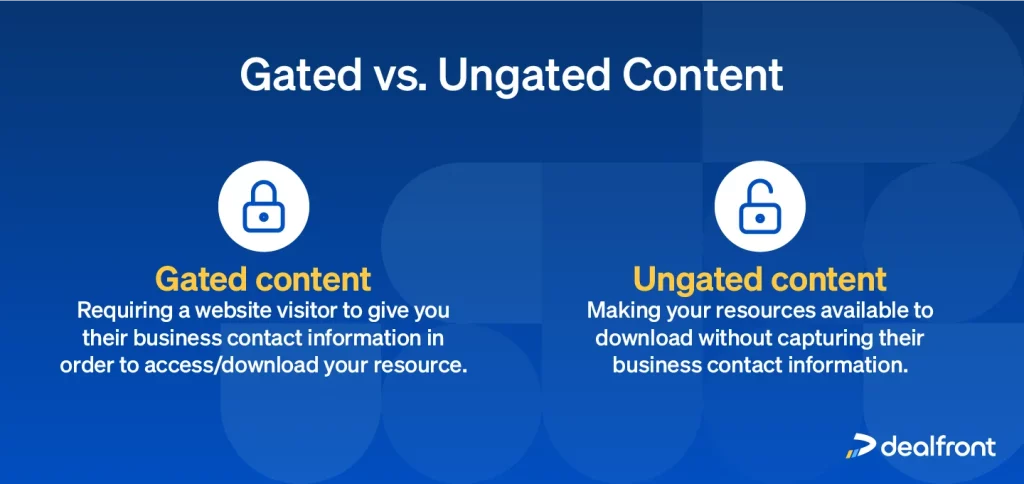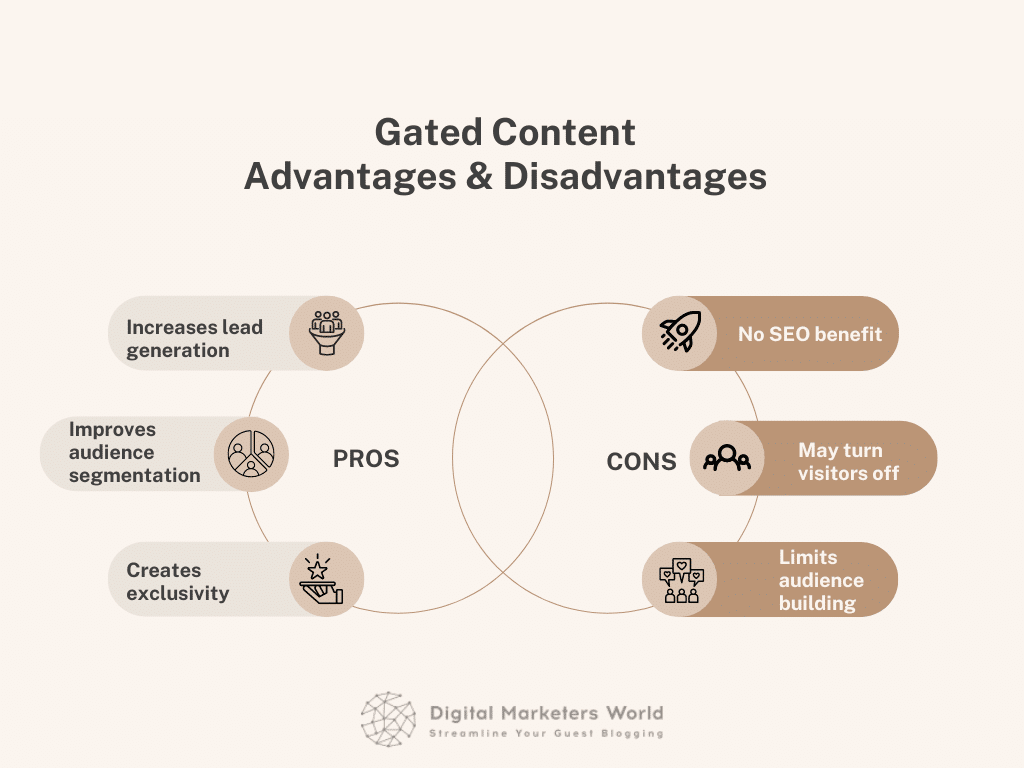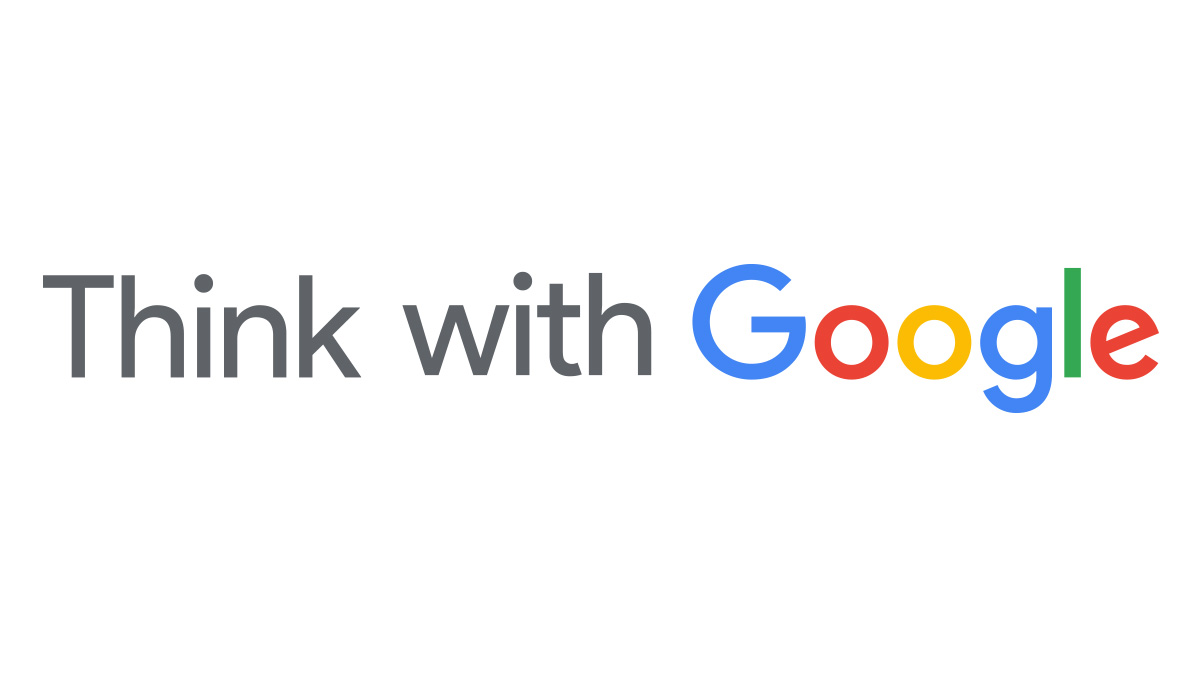Content Gating and the Use of Registration Forms in Lead Generation
Content gating is a tool you can use to grow your customer base. The idea is that you’ll provide potential customers with helpful resources like eBooks, webinars, or reports in exchange for names, email addresses, and other user information. Image Source This practice offers prospects valuable insights and helps businesses generate leads. You’ll have users […]


Content gating is a tool you can use to grow your customer base. The idea is that you’ll provide potential customers with helpful resources like eBooks, webinars, or reports in exchange for names, email addresses, and other user information.

This practice offers prospects valuable insights and helps businesses generate leads. You’ll have users fill out registration forms before receiving your content so you can contact them later on with offers. Lead generation is a $4.6 billion industry in the United States, so doing anything you can to cut costs can be advantageous for your company.
This article explores how content gating and registration forms work hand-in-hand to drive lead generation. It also gives practical tips for optimizing these strategies to grow your audience and boost conversions.
Quick Takeaways
- Content gating involves offering valuable resources in exchange for user information, helping businesses identify potential customers.
- Effective lead generation captures potential customers’ attention, and content gating enhances this process by filtering out genuinely interested individuals.
- Registration forms are essential tools in content gating, allowing businesses to collect user information while providing valuable content that can drive conversions.
- Businesses should carefully consider their content strategy, weighing the benefits of gated content—such as higher-quality leads—against the advantages of ungated content, like increased visibility and shareability.
What is Content Gating?
Gating refers to the process of requiring someone to fill out a registration form to view or download a piece of content.
The registration form can request just one or two pieces of information, such as an email address and name. It can also go even further by asking for your title, company, address, and phone number.
In some scenarios, you might have to opt-in for future communication if you are a decision-maker or want to be contacted by a salesperson. The form could even ask for the name of your firstborn child, favorite color, and other information, depending on what data the company wants to collect.
The Importance of Lead Generation
Lead generation means to attract or capture the attention or interest of potential customers (or “leads”) for your products or services. It’s a critical part of any business strategy because it helps build a pipeline of future customers, driving growth and sales.
With a steady flow of leads, businesses can expand and maintain a healthy revenue stream.
Content gating is a tool you can use in lead generation. It enables you to offer valuable resources like eBooks, reports, or webinars in exchange for a user’s contact information.
This exchange helps businesses identify individuals who are genuinely interested in what they offer. When someone fills out a registration form to access gated content, it indicates that they see value in the information and may be a good fit for future engagement.
From there, businesses can target their marketing efforts toward people who are more likely to convert into paying customers, making their lead-generation efforts more efficient.
The “Creep Factor” in Content Gating
Despite its usefulness, there is a creep factor regarding content gating. Some marketers liken gating content to asking for someone’s phone number at a singles bar without even introducing yourself.
Your audience might not be willing to give up that information without engaging with your brand first and getting to know you, so the content likely won’t generate as much interest as an ungated piece.
According to the Edelman Trust Report, 88% of consumers believe trust is one of the most important considerations before buying a specific brand. Gating content could hinder your ability to engage with potential customers and build that trust before moving to the next step of the buying process.
4 Factors to Consider For Content Gating
If you decide to gate your content, you’ll need to put some thought into what you’re doing and why you’re doing it. Four considerations for content gating include:
- Objectives: what is the goal of the content?
- Audience: who is the intended audience?
- Value: is it a 20-page research brief or a 400-word blog post? Each has a relative value for your audience.
- Uniqueness: can your audience get similar content somewhere else without a form getting in the way?
The Pros and Cons of Content Gating

There are good reasons to gate and not to gate content behind registration forms. You’ll need to determine the best strategy for your customers.
The Benefits of Ungated Content
The main reason to “set your content free” is that more people are likely to see it, and they are also more likely to share it. This availability provides positive search results (SEO) for your site, more inbound links or “referral links” from other websites, and, ultimately, more traffic and visitors to your website.
The more visitors you get, the more opportunities you have to convert them to leads and customers.
The Downside to Ungated Content
Ungated content has some issues, though, including lower quality leads, unpredictable lead volumes, fewer conversions, and less information marketers can use to nurture buyers. The content won’t be as deep, so it might not be as relevant to your customers’ needs.
Content has tremendous value when you map it to the right stage of the buying process. You’ll need to consider content by the buying stage, as the customer journey can be a long process, and you must become their guide to ensure they reach the right destination.
Best Practices for Using Registration Forms
Designing effective registration forms is crucial for successful lead generation through content gating. Here are some best practices:
Keep the Form Short and Focused
Avoid overwhelming users with lengthy forms. Ask for only the most essential information, such as name and email. Shorter forms reduce friction and increase the likelihood of completion, improving lead capture rates.
Use Clear and Compelling Calls to Action (CTAs)
Your CTA should clearly convey what users gain by submitting their information. Phrases like “Download the Free eBook” or “Get Instant Access” motivate users to act by highlighting the benefit of filling out the form.
Ensure Mobile-Friendliness and Ease of Use
Many users will access your content using mobile devices, so ensure the form is mobile-friendly. Keep it simple and easy to fill out, with large buttons and a straightforward layout.
Transparency in Data Collection
It’s important to be upfront about why you’re collecting personal data. Include a brief statement about how you’ll use the information and link to your privacy policy. Transparency builds trust, so users are more likely to share their details.
Deliver the Right Content, and You Will Get Customers
The debate on whether to gate or ungate your content will depend on multiple internal factors, as every organization has different goals when interacting with potential customers. However, developing high-quality materials is essential regardless of how you allow consumers to access your content.
Marketing Insider Group can provide the content you need through our Content Builder Services. We’ll supply your business with a steady stream of quality material you can share with customers in any way you see fit. Contact Marketing Insider Group to learn more, or book a free consultation with our team.
What's Your Reaction?



























